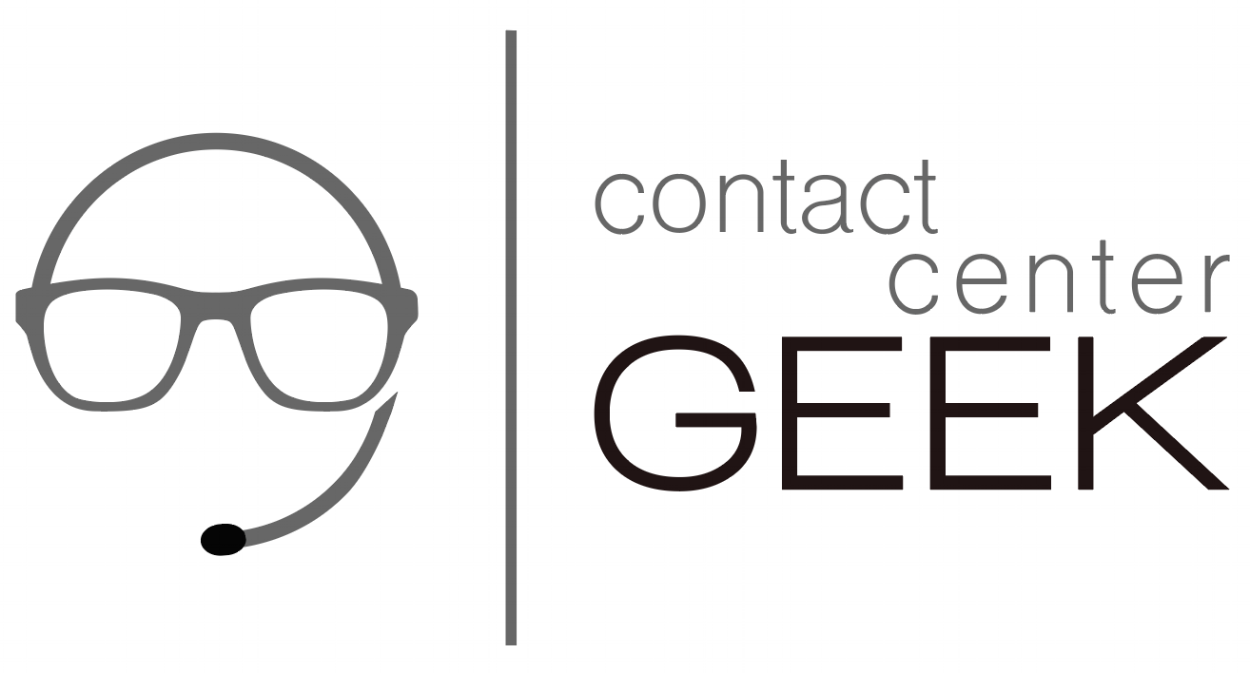How to Make Performance Metrics Truly Matter →
This article originally appeared on ICMI.
As contact center leaders, we are always in search of the best way to effectively manage our operations, which can simply translate to how well are we managing costs. But our job is far more than just "managing costs". It is also our job to communicate how our teams impact the rest of the business and the bottom line. It is our job to fight for what is right for our team members, and to manage costs appropriately.
We’ve all seen the usual suspects of contact center performance reporting - traditional service level goals, Average Handle Time (AHT), abandonment rate, and qualitative measures like First Contact Resolution, call quality, Net Promoter, and customer satisfaction scores, but there have been few real breakthroughs when it comes to new ways to measure contact center success. One thing that is still very common is the practice of putting most of the metric goals on the backs of the front line contact center team members. The same team members that you expect to be the voice of your company, the ones that you want to empower to deliver a better customer experience, the ones that you want to identify road blocks to good service.
There’s a better way: stop using AHT and Adherence as team member performance metrics.
Using data and performance metrics are important elements of a contact center leader's job. I’m not suggesting that we stop using data. But I am suggesting that we stop using AHT and Adherence as individual team member goals. Measuring (and improving upon) those metrics is still crucial in running an operation, we still have a job to do and limited resources to get it done.
The case for WHY you should dump AHT and Adherence
For many years I have been searching for evidence that any agent level productivity measurement (or a call quality score, but we’ll tackle that one another day, I promise) leads to a better customer experience. Sure, metrics such as AHT and Adherence help control cost, and it’s crucial to aggressively manage costs, but they should be a manager goal, not an individual team member goal. Only the manager running the contact center should be held to AHT targets; it is, besides being a “relic of the old service world”, really just a financial measure. And don’t think we’re solving this problem by managing the front-line supervisor to AHT. Time and time again, I have seen how quickly this goes right back to just managing team members to a number.
There is very little that is more demoralizing (and dehumanizing) than having to go to work every day and focus on hitting what feels like an arbitrary number. Sure, we all have goals we have to achieve, but we’ve gone overboard making a metric of every micro thing a contact center agent can do.
Imagine if other departments were held to standards like the ones that contact center team members were held to. Associates in the marketing department would be measured on how fast they checked their voicemails. Employees in Human Resources would get a daily scorecard showing how many e-mails they responded to. Seems crazy doesn’t it. Think of how your team members feel.
I have spent more than half of my 20+ years managing contact centers using individual AHT goals. It took many years for me to understand that they don’t always (or even, often) result in the behavior we want. In some cases, they can drive the opposite behavior.
In her book, Chief Customer Officer 2.0, Jeanne Bliss, wrote about the five competencies for customer-driven growth (see also http://www.customerbliss.com/3-actions-prevent-cx-implosion/). I am not suggesting that Bliss is arguing against individual performance metrics. I am, however, asking you to try and make the connection between individual team member AHT and Adherence goals, and those five competencies. I’ve not been able to do it.
In Daniel Pink’s book, Drive, he discussed the three elements of true motivation: Autonomy (which Pink defines as "the desire to direct our own lives”), Mastery, and Purpose. Can we all agree that a contact center team member has the least amount of autonomy of nearly any person in a company? Using AHT and Adherence as individual team member goals is a surefire way to drain the autonomy, mastery, and purpose out of your team members.
What to do instead
Focus on behaviors and provide feedback. Use AHT data to tell you where to examine your coaching, processes, and training. Stop trying to manage AHT at the individual level. Focus on the directionality of AHT at the macro level. Stop reporting AHT numbers to anyone in the business. Use it only for WFM scheduling purposes. Use other metrics such as cost per call and calls per 1,000 customers to tell a more complete story.
Same thing goes for Adherence. Focus on behaviors. If you have a team member that is supposed to be logged in and ready to take phone calls at 10 AM but they’re not there, give them feedback about the behavior. That is far more effective than giving them a scorecard at the end of the month that shows that there Adherence was 93%.
The ultimate responsibility for driving more efficiencies in the contact center belongs to the manager and shouldn’t be placed on the backs of our team members that help our customers every day. It is our job as leaders to provide our team members the support they need to do their job well, and we don’t need to manage them individually to AHT and Adherence goals to do that.
